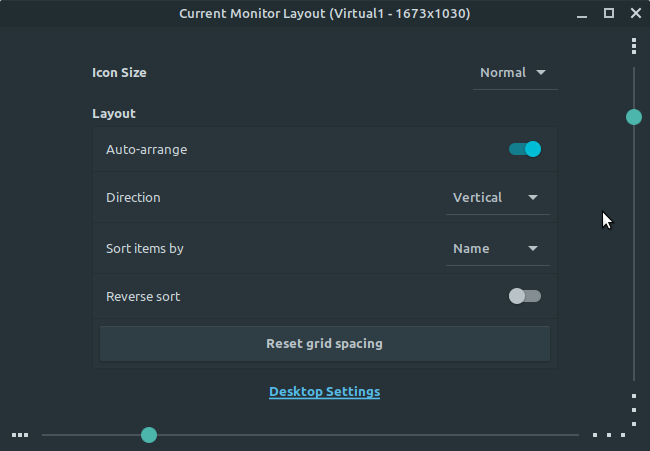 I’ve been sitting on the sidelines and watching the Red Hat/CentOS source drama play out. I wrote just once on the subject when the story first broke. Back then I opined how I couldn’t trust Big Linux (meaning Red Hat and Ubuntu) and would thus stick to Debian. But as they say, time wounds all heals.
I’ve been sitting on the sidelines and watching the Red Hat/CentOS source drama play out. I wrote just once on the subject when the story first broke. Back then I opined how I couldn’t trust Big Linux (meaning Red Hat and Ubuntu) and would thus stick to Debian. But as they say, time wounds all heals.
I’ve create a Red Hat developer account for myself ( https://developers.redhat.com/ ) and downloaded my free (as in beer) RHEL 9.2 ISO for eventual installation later. I’ve done this primarily because of the (lack of) security in the repository chains that open source depends upon. A bit of cursory investigation shows that Red Hat may be big and corporate but I’ve come to believe they’re more trustworthy when it comes to the quality of the Linux product they deliver as well as support. That support costs, but it’s the kind of corporate support that corporate users demand.
To give you an idea as to what corporations are transitioning away from CentOS to RHEL, there’s the example of Salesforce, who’ve announced they’re migrating some 200,000 server-class machines from CentOS 7 to RHEL 9 (see link below). And that’s just one example. If you can believe the statistics, more than 90% of the Fortune 500 that use Linux use RHEL. I have no idea what the other 10% use, but it might just be Ubuntu primarily.
I have downloaded the RHEL Desktop 9.2 ISO, and I will spin up a small VM under Virtual Machine Manager and begin the process of determining how to migrate from Linux Mint to RHEL. I want to, in particular, determine if I can continue my Espressif/Arduino/Micropython development with external boards. Espressif has stated on their Github page that they support Ubuntu/Debian and CentOS 7/8. I’m assuming that this hasn’t been updated in a while due to the versions of CentOS the documentation calls out, but since CentOS was supposed to be bug-for-bug, feature-for-feature exact, then I see no reason why the Espressif tool chain won’t work on RHEL 9.x.
Once this is done my daily driver system will be Red Hat. I’ll only use other distributions if that’s what is supplied with hardware, such as, for example, Raspbian (Debian) for Raspberry Pi 4 and 5, or Ubuntu for the nVidia development boards.
Links
Automation at Scale: Migrating 200,000 Machines from CentOS 7 to RHEL 9 — https://engineering.salesforce.com/automation-at-scale-migrating-200000-machines-from-centos-7-to-rhel-9/
Espressif Standard Toolchain Setup for Linux and macOS — https://docs.espressif.com/projects/esp-idf/en/latest/esp32/get-started/linux-macos-setup.html




You must be logged in to post a comment.